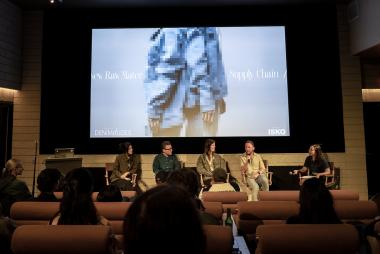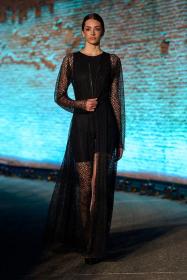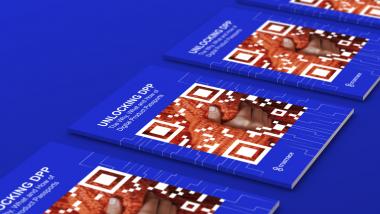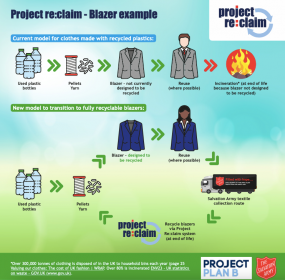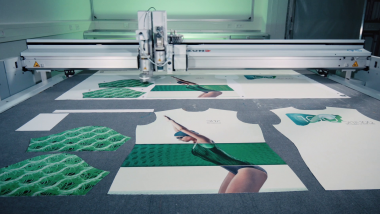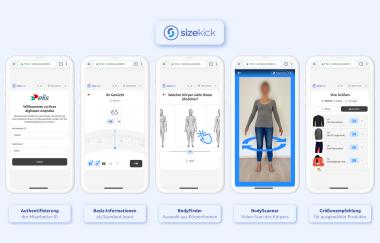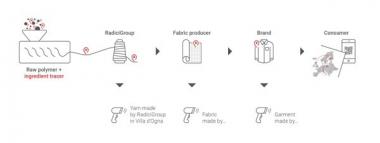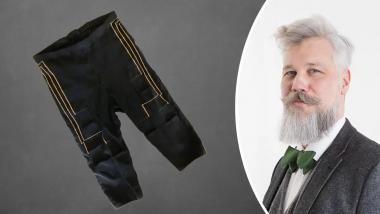SeamSleeve: Tracking the effectiveness of physiotherapy at home
Everyday clothing may soon be able to capture and record body movements, according to new research published by the Universities of Bath and Bristol.
Harmless low voltages are passed through conductive threads which are stitched into garment seams to create electrical circuits. Their resistance changes with the movement of the wearer's body.
This work opens up new possibilities to make digital clothing which senses and captures movements much more accurately than is possible using current phones and smart watches.
The paper describing the new clothing concept, presented this week at the Designing Interactive Systems (DIS) conference in Copenhagen, lays the foundations for e-textile designers and clothing manufacturers to create cutting-edge garments that could enhance exercise, physiotherapy and rehabilitation.
Paper co-author Dr Adwait Sharma from the Department of Computer Science at the University of Bath said: "Our research focuses on integrating technology into everyday clothing to track the effectiveness of physiotherapy exercises done at home. Doing these exercises correctly to recover from injuries is crucial, but it's difficult to know if you're doing them properly alone.
“SeamSleeve helps address this challenge by enabling physiotherapists to monitor your progress remotely. This technology could be particularly beneficial for conditions like Multiple Sclerosis, where monitoring movement is essential.”
According to Dr Sharma, current fitness trackers often don’t provide enough detail for physiotherapy. SeamSleeve is unique in that it covers the entire arm, allowing it to capture important movement data.
“We’ve successfully developed a working system based on machine learning to track 12 different arm exercises using SeamSleeve,” said Dr Sharma. “This paves the way for exciting future remote physiotherapy and exercise monitoring applications."
Professor Mike Fraser from the University of Bristol’s School of Computer Science added: "We're excited by the opportunity for clothing manufacturers to implement our designs in sleeves and other garment seams.
“We've shown that common overlocked seams in standard garment constructions can do a good job of sensing movement. The design avoids the need for a separate power source by pairing the seam with a charging coil, drawing the energy wirelessly from a mobile phone placed in the pocket.
“This means advanced motion sensing garments could be made without altering existing manufacturing processes.
"We have also shown that smartphone apps using advanced Artificial Intelligence (AI) techniques can use this movement data to match body movement to specific postures or gestures such as physiotherapeutic exercises."
University of Bath

















